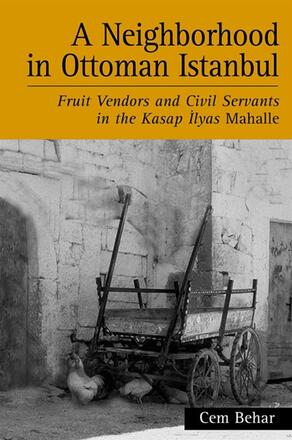
A Neighborhood in Ottoman Istanbul
Fruit Vendors and Civil Servants in the Kasap İlyas Mahalle
Alternative formats available from:
A detailed history of a small neighborhood community of Ottoman Istanbul.
Description
Combining the vivid and colorful detail of a micro-history with a wider historical perspective, this groundbreaking study looks at the urban and social history of a small neighborhood community (a mahalle) of Ottoman Istanbul, the Kasap İlyas. Drawing on exceptionally rich historical documentation starting in the early sixteenth century, Cem Behar focuses on how the Kasap İlyas mahalle came to mirror some of the overarching issues of the capital city of the Ottoman Empire. Also considered are other issues central to the historiography of cities, such as rural migration and urban integration of migrants, including avenues for professional integration and the solidarity networks migrants formed, and the role of historical guilds and non-guild labor, the ancestor of the "informal" or "marginal" sector found today in less developed countries.
Cem Behar is Professor of Economics at Boğaziçi University and the author of many books, including (with Alan Duben) Istanbul Households: Marriage, Family, and Fertility, 1880–1940.